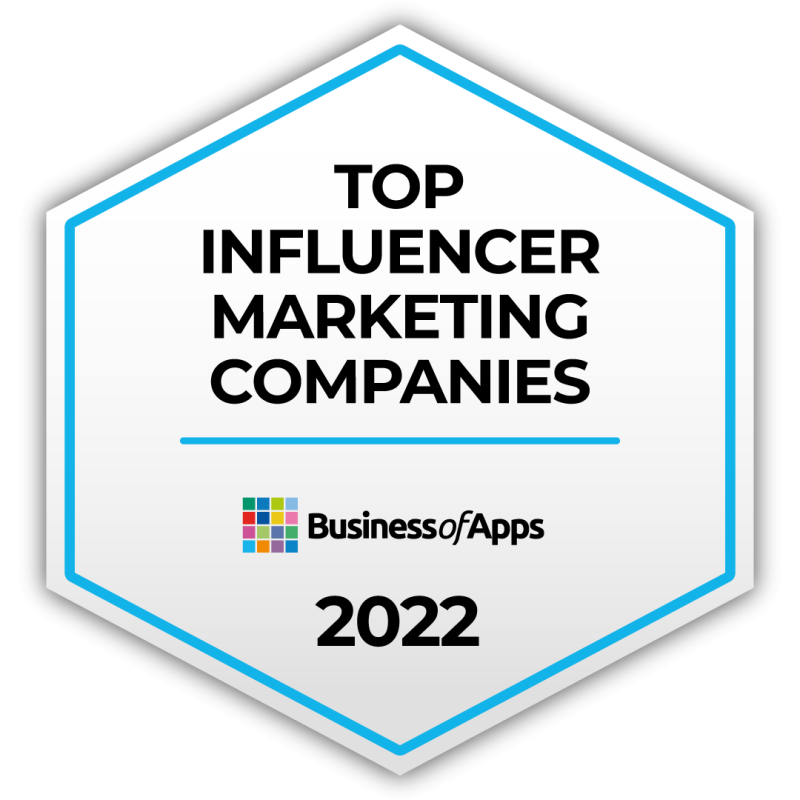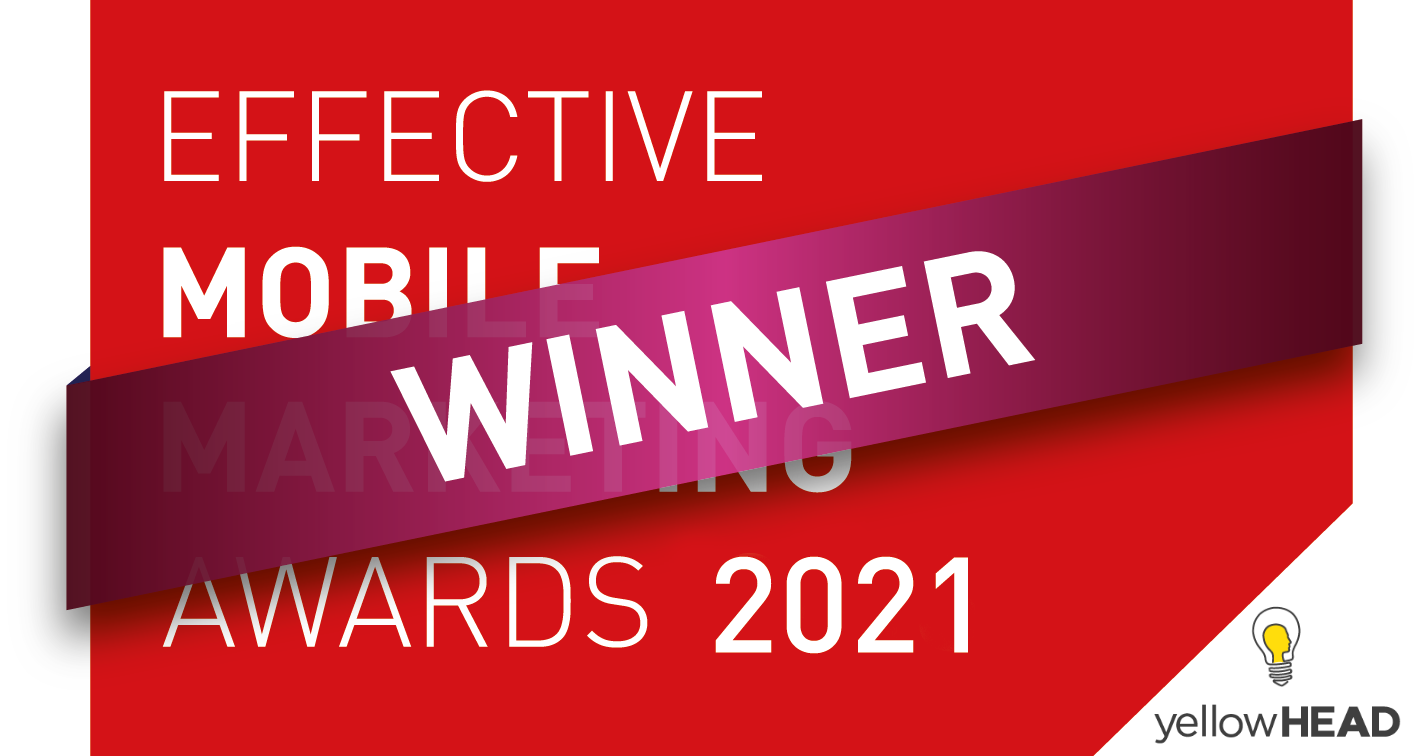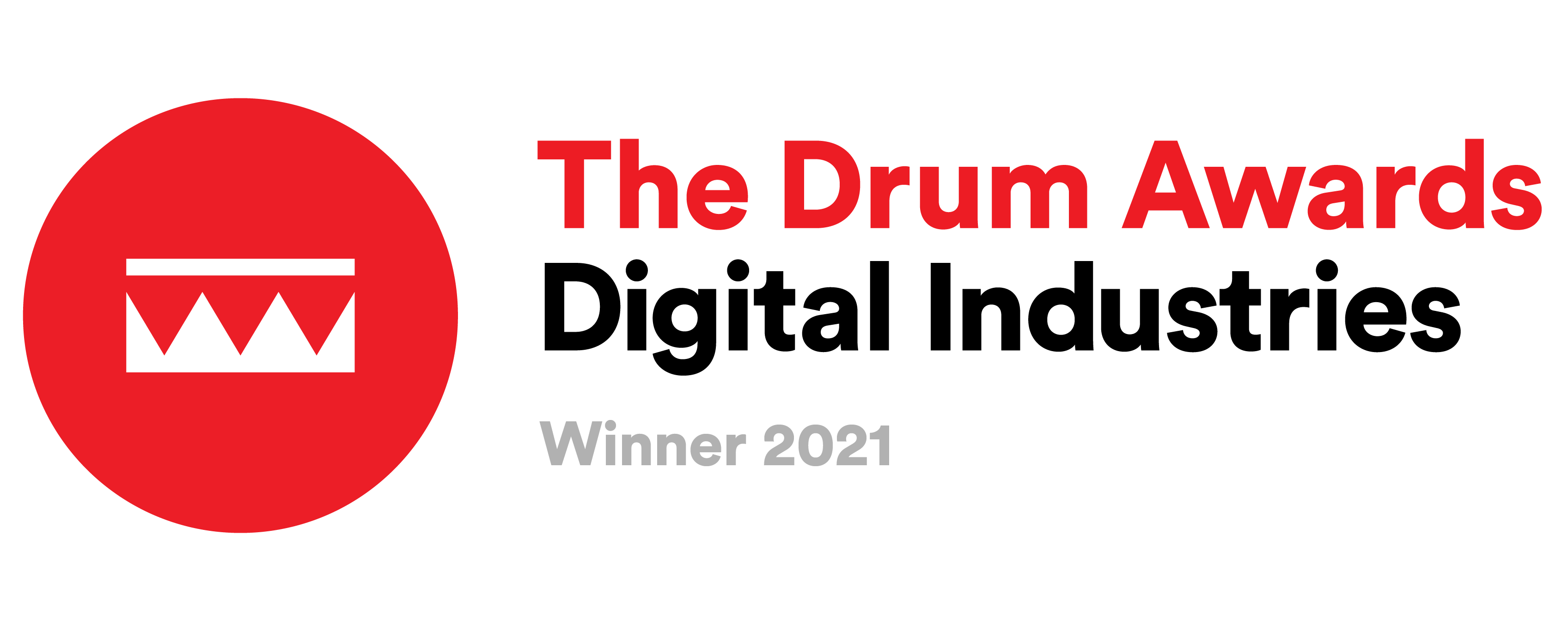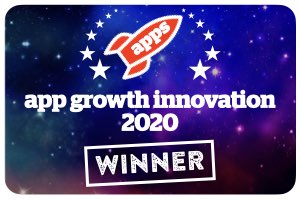Facebook Retargeting: The Smart Way to Win Back (and convert) your Audience

In this article, we’ll break down exactly what Facebook retargeting is, how it works behind the scenes, and why it’s become an essential part of any smart digital strategy. We’ll walk you through the setup (from installing the Facebook Pixel to building high-converting custom audiences) and show how to tailor both your message and your offer based on where your audience is in their journey. You’ll also discover real-life examples, learn which types of Facebook retargeting ads actually perform, and get tips for avoiding common mistakes that kill ROI. Whether you’re just getting started or looking to improve your current campaigns, this guide will give you the tools to retarget smarter, not harder.
What is Facebook Retargeting?
You know that moment when someone’s been on your site, maybe even added something to their cart, and then… poof — they’re gone? That’s where Facebook retargeting (or facebook remarketing) comes in. Facebook retargeting helps brands re-engage potential customers right where they left off — on social media.
It’s not a trick. It’s smart, it’s effective, and when done right — it just works.
Retargeting is how you get back into someone’s feed and say, “Hey, remember this? You were kinda into it…”
How does Facebook Retargeting Work?
This isn’t guesswork. You’re not advertising to strangers. You’re reconnecting with people who already know who you are. That’s powerful. You’re not making a cold call, you’re following up.
And with tools like the Facebook Pixel, Custom Audiences, and Dynamic Retargeting Facebook ads, Facebook retargeting becomes more than just a tactic, it’s a system for personalizing every touchpoint. You’re getting more precise, more personal, and way more effective.
Setting the Stage: Pixel, SDK, and Custom Audiences
If you haven’t already installed the Facebook Pixel, that’s your first move. It tracks everything (who visited, what they looked at, what they added to their cart and more). Same goes for apps: use the Facebook SDK to track in-app actions. That data is your fuel.
From there, build Custom Audiences. Think beyond “site visitors.” Try segmenting like this:
- People who added items to cart
- Visitors who watched X% of your video
- Users who clicked on an ad but didn’t buy
- People who visited your FB page / IG account more than once
Each of these audiences gets their own message – that’s where the magic happens.
Facebook retargeting lets you customize not just the message but also the timing, which dramatically improves engagement.
Real Example? Let’s Talk Coffee Capsules
- Someone who just made a purchase? Great! remind them to reorder before they run out.
- Someone who abandoned their cart? Hit them with a little “Don’t miss out!”
- Someone who spent time browsing a specific product? Show it again — or a similar item they might love.
That’s what makes Facebook retargeting so personal and powerful. You’re adapting to where each user is in their journey.
And it’s not just about messaging. The offer itself can be granular and tailored per audience.
Take returning customers for example. You can build a bundle that mirrors their average cart, but with a slight upgrade: a slightly higher-value package that encourages a natural upsell. It feels like a personalized suggestion, not a sales push – and that’s where the magic happens.
This kind of tailored experience is what makes Facebook retargeting so powerful in today’s ecommerce world.
What Kind of Ads Actually Work?
Sure, you can run basic fb retargeting ads — but if you’re serious about growth, Facebook retargeting with dynamic ads is the way to go., Dynamic ads automatically show users the exact product they were looking at — or suggest something new based on their activity. It’s subtle, relevant, and effective.
And if you haven’t tried sponsored messages in Messenger, those are perfect for reigniting a convo with someone who engaged before but went quiet.
Avoid these Rookie Mistakes
Let’s be real, a lot of retargeting campaigns fall flat because they’re too generic.
Here’s what not to do:
- Don’t lump everyone into one audience
- Don’t show ads to people who already bought
- Don’t let creatives go stale — refresh them often
- Don’t just track clicks. Measure ROAS, conversion rate, and frequency
Stay On Top of Your Data
Once the campaign is live, you don’t just walk away. Use Facebook’s tools to track performance. Test different creatives, copy, and offers. Keep learning what your audience responds to.
Read more tips for successful Facebook retargeting.
Final Thoughts
If you’re still asking “How do I set up Facebook retargeting ads?” or “How do I retarget on Facebook?” — the answer is: start with the pixel, build smart audiences, go personal, and keep testing.
Today, Facebook remarketing isn’t just a “nice to have.” It’s essential. Facebook retargeting helps you stay top of mind, increase conversions, and build actual relationships with your customers.
And when done right? It doesn’t just drive results — it builds loyalty. Contact yellowHEAD for the best retargeting strategy on Facebook.



















